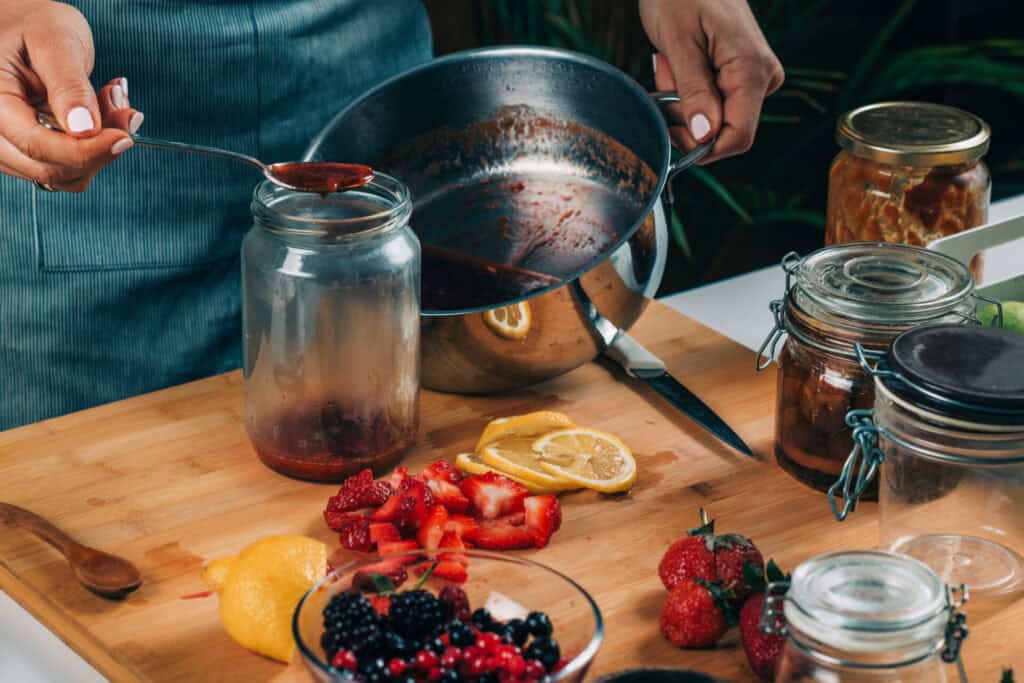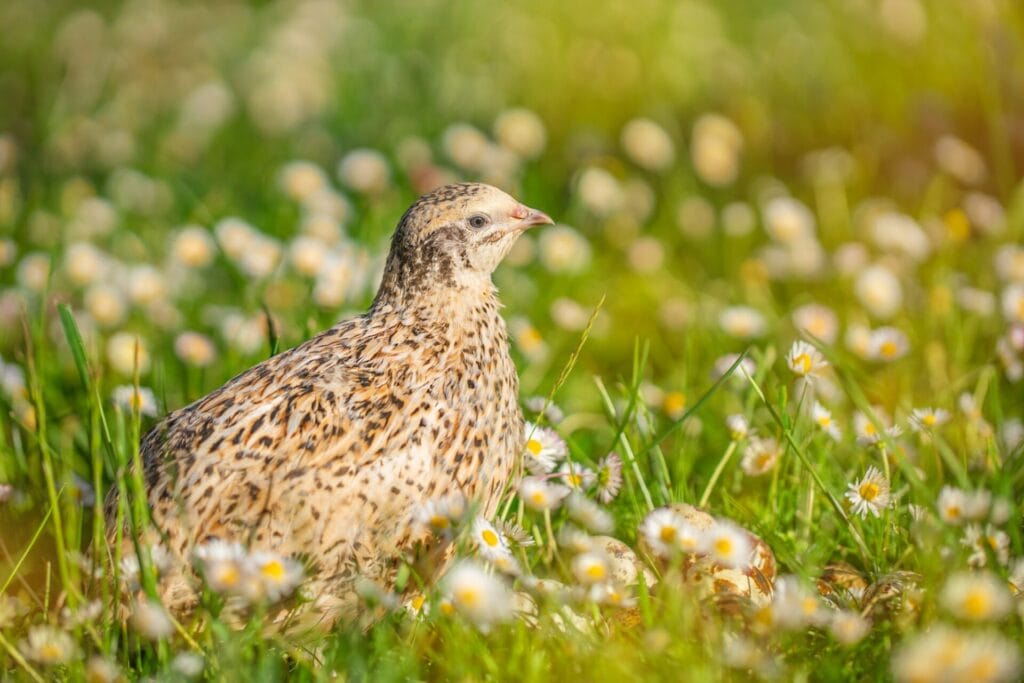Homesteading has become a popular lifestyle choice for those seeking self-sufficiency, even in the smallest of spaces. Whether you live in a tiny apartment, an urban backyard, or a small suburban lot, the principles of homesteading can be adapted to fit your lifestyle. With a bit of creativity and resourcefulness, you can grow your food, make your products, and live more sustainably, regardless of your available space.
Homesteading in Small Spaces

The Basics of Homesteading in Small Spaces
Homesteading isn’t about owning acres of farmland—it’s a mindset focused on making the most of what you have. For those living in small spaces, the key is to start simple. Consider what’s feasible given your circumstances. If you’re in an apartment, container gardening might be your gateway to fresh produce. For those with a small yard, a combination of raised beds and vertical gardening can maximize your growing area.
Start with one or two projects to avoid feeling overwhelmed. Maybe you want to grow herbs on your windowsill or try composting kitchen scraps. As you gain confidence, you can expand your efforts to include more ambitious undertakings like canning or raising small animals (if permitted where you live).
Growing Food in Limited Spaces
One of the most rewarding aspects of homesteading is growing your own food. Even if you don’t have a traditional garden, there are plenty of ways to cultivate vegetables, herbs, and even fruit in tight quarters.
Container Gardening: Containers are a great solution for small-space gardening. Use pots, buckets, or repurposed containers to grow plants on balconies, patios, or windowsills. Tomatoes, peppers, lettuce, and strawberries thrive in containers, making them excellent choices for beginners.

Vertical Gardening: When horizontal space is limited, think vertically. Trellises, hanging planters, and wall-mounted systems can help you grow climbing plants like cucumbers and beans. Vertical gardening not only saves space but also adds greenery to your surroundings.
Hydroponics and Indoor Gardens: Indoor gardening systems are ideal for those without outdoor access. Hydroponic kits allow you to grow leafy greens and herbs year-round, while grow lights can turn any corner of your home into a productive garden.
By focusing on high-yield, compact crops, you can maximize your harvests without needing a large plot of land.

Preserving and Making the Most of Your Harvest
Homesteading isn’t just about growing food—it’s also about learning how to preserve and use what you grow. Preserving food allows you to enjoy your harvest throughout the year, reducing your reliance on store-bought items.
Canning: Canning is a tried-and-true method for preserving fruits, vegetables, and sauces. While the process may seem intimidating at first, basic equipment and a reliable guide can help you get started. Start with simple recipes like tomato sauce or fruit jams.
Freezing: Freezing is another easy way to preserve produce. Blanch vegetables like green beans or broccoli before freezing to maintain their texture and flavor. Freezing berries and herbs is even simpler—just wash and store them in airtight bags.
Fermenting: Fermentation is an ancient method of preservation that also enhances the nutritional value of food. Fermented vegetables like sauerkraut and pickles are easy to make and add a tangy flavor to your meals.
By exploring these methods, you can reduce food waste and create a pantry stocked with homemade goods.

Raising Animals in Small Spaces
For many, raising animals is a cornerstone of homesteading. While this might seem challenging in a small space, certain animals can thrive in urban and suburban environments.
Chickens are a popular choice for small-scale homesteading. They require minimal space and provide fresh eggs. Check your local regulations to ensure chickens are allowed, and invest in a secure coop to keep them safe.
If chickens aren’t an option, consider raising quail. These small birds are quiet, easy to care for, and produce delicious eggs. They can be housed in a small cage or aviary, making them suitable for compact spaces.
For those with limited outdoor space, rabbits are another possibility. They can be raised for meat or kept as pets, and their manure is an excellent addition to compost.

Making Your Home More Sustainable
Homesteading in small spaces isn’t just about food—it’s about adopting sustainable practices that align with your values. Simple changes to your daily routines can reduce your environmental footprint and make your home more self-sufficient.
Composting: Composting kitchen scraps is an excellent way to create nutrient-rich soil for your plants. Even in an apartment, a small countertop compost bin or vermicomposting system can handle organic waste.

Rainwater Collection: If you have access to outdoor space, collecting rainwater is a sustainable way to water your plants. Small rain barrels or buckets can capture and store water for later use.
Reducing Waste: Homesteading often goes hand in hand with waste reduction. Consider switching to reusable products like cloth towels, glass jars, and beeswax wraps. Repairing items instead of discarding them is another way to embrace sustainability.
These practices may seem small, but over time, they add up to significant savings and a more eco-friendly lifestyle.
Building Community and Sharing Resources
Homesteading doesn’t have to be a solitary pursuit. Connecting with others in your community can enhance your experience and open up new opportunities.
Local gardening clubs, farmers’ markets, and online forums can connect you with like-minded individuals who share your interests. Many communities also have seed swaps, where gardeners exchange seeds and tips.
Sharing resources is another way to stretch your homesteading efforts. For example, you might team up with neighbors to share tools or split the cost of bulk supplies. Community gardens provide shared space for growing food, and some even offer workshops on gardening and preservation.
By engaging with your community, you can expand your knowledge and resources while building meaningful relationships.

Finding Joy in the Process
Homesteading in small spaces is as much about the journey as the results. It’s easy to get caught up in the idea of self-sufficiency, but it’s important to focus on what brings you joy and fulfillment.
Start by celebrating small victories. The first tomato you grow, the first jar of jam you can, or the first egg your chicken lays are all milestones worth savoring. These moments remind you why you embarked on this journey in the first place.
Remember that homesteading is a learning process. Mistakes are inevitable, but they’re also opportunities to grow and improve. Whether it’s a failed crop or a recipe that didn’t turn out as expected, each experience adds to your skillset.
Most importantly, take time to enjoy the fruits of your labor. Share your homemade goods with friends and family, or simply take pride in knowing that you’ve taken steps toward a more sustainable and fulfilling life.
Final Thoughts on Homesteading in Small Spaces
Homesteading in small spaces proves that you don’t need a large plot of land to live more sustainably. By focusing on what’s possible within your limitations, you can grow food, reduce waste, and embrace a lifestyle that aligns with your values.
The key is to start where you are and build on your successes. With patience, creativity, and a willingness to learn, you can make the most of your small space and enjoy the rewards of homesteading. Whether it’s a windowsill herb garden, a jar of homemade pickles, or a flock of quail in your backyard, every step you take brings you closer to a more self-reliant and fulfilling life.